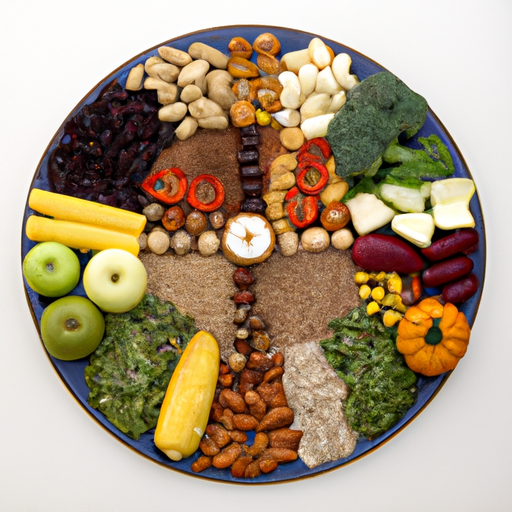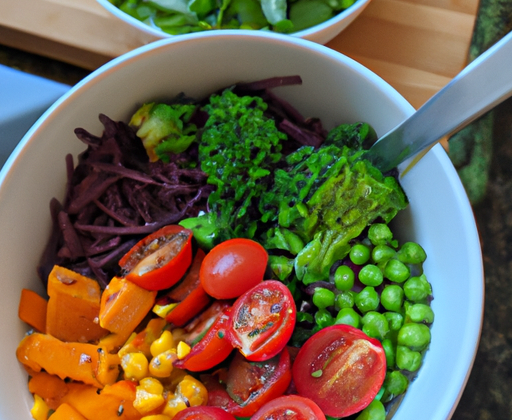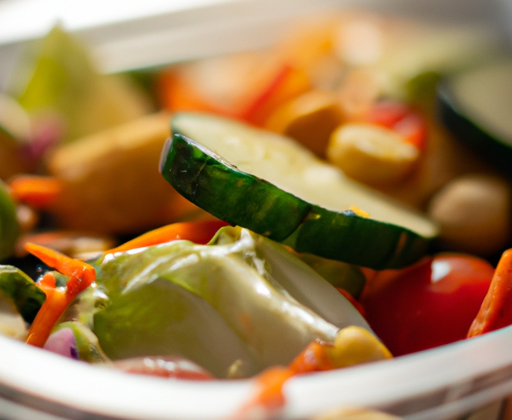Introduction
As technology continues to rapidly evolve, we are seeing dramatic changes in the agricultural industry and food production. Emerging technologies such as automation, robotics, 3D printing, artificial intelligence, and more have revolutionized agriculture, food production, and even food safety. In this blog post, we’ll take a deep dive into the technological advances we are experiencing today and how they are impacting our future.
Technological Advances in Agriculture
Man, I can’t believe how far agriculture has come. We’ve got robot farmers, IoT devices for monitoring crops, and even AI solutions for better decision making. It’s like we’ve been catapulted into the future. Let’s take a look at some of the cool stuff going on.
First off, automation and robotics are becoming more and more prominent on farms. There are robots to reduce labor costs and increase efficiency, as well as drones that fly around to monitor crops and capture aerial data for analysis. It’s like having an extra set of eyes on the ground – it can be pretty wild to watch!
IoT sensors and monitoring systems are also being used to collect data like soil moisture, crop yield, and pest activity. This helps farmers understand their land and potentially predict outcomes so they can make better decisions. Speaking of predictions, some companies are using AI to crunch all the collected data and come up with the best crop combinations, planting schedules, and harvesting times.
The agricultural industry is certainly changing, fueled by new technologies and creative approaches. It’s pretty amazing how quickly things are moving, so I’m stoked to see what other advances come down the pipeline.
Technological Advances in Food Production
When it comes to food production, the world has come a long way since the “good old days,” with plenty of new tech on the market. Let’s take a look at some of the more noteworthy advances.

3D Printing is one of the biggest game-changers when it comes to food production – it can be used to create foods from simple, natural ingredients that are both delicious and nutritious. It’s also an incredibly efficient way to cook custom dishes on demand or produce large orders quickly for commercial purposes.
Novel ingredients have been made possible by advancements in molecular gastronomy and biotechnology, allowing producers to create amazing flavors and textures in their food. Unique plant proteins, lab-grown meats, and even edible insects continue to challenge our perception of what can be eaten safely and deliciously.
And let’s not forget fermentation! Fermentation has been around for thousands of years and continues to revolutionize the way we make food. Cheeses, cured meats, yogurts, beers, kombucha, and pickles can all be produced using fermentation, unlocking amazing flavors and preserving the nutritional value of the ingredients.
Technological Advances in Food Safety
We all want to enjoy delicious, safe food and the good news is that technology is making this a reality. Let’s dive into how emerging technologies are helping to keep our grub safe for consumption.
First off, there’s traceability. With innovations like barcodes and QR codes, it’s becoming easier to track products from farm to fork. This allows suppliers, manufacturers, and retailers to identify and recall contaminated foods faster and with more accuracy than ever before.
Next up, we have pathogen detection. By utilizing advanced sensors and analytics, companies can monitor food which is still in production or storage and detect any potential pathogens before they even reach the market. Pretty cool!
Finally, there’s blockchain. Blockchain is essentially an online ledger which can store comprehensive details about different items. It’s being used by some food companies to record data such as origin, nutrition, safety certificates, and even expiration dates. Talk about taking food safety to a new level!
Conclusion
The technology advancements in agriculture, food production and food safety have made it possible to feed a growing population. From automation and robotics to 3D printing, traceability, and pathogen detection technologies are changing the way people grow, make and sell food. As with all new technological innovations, there is still much to be tested, refined and optimized. But the potential of these emerging technologies to improve the quality and safety of our food while also increasing efficiency in our food production systems is undeniable.
It’s not just efficiency that’s improved as a result of this tech, either. The emergence of novel ingredients, fermentation methods, and blockchain technologies have opened up exciting possibilities for entrepreneurs looking to challenge traditional food production models – and inspire consumers to rethink their approach to eating in general. All told, gone are the days of limited variety for consumers, lackluster yields for farmers, and concerns about the safety of food products; the menu for 2021 is chock full of innovative, fun, and fresh options for everyone!
Food Industry Tech FAQs
What are some examples of food technology?
I’ve been keeping my eye on the food industry lately, and there are some really exciting emerging technologies out there. From artificial intelligence and robotics to 3D printing and blockchain-based traceability, there’s no shortage of innovative solutions being implemented in the food industry.
AI and robotics are helping businesses automate a number of processes, such as food processing, packaging, and transportation. By replacing manual labor with automated systems, companies are able to streamline their workflow and reduce operating costs. What’s more, robots are being used to improve the accuracy of food production, making sure that every product meets the highest standards.
3D printing is also starting to make an impact on the food industry. By using 3D printing, businesses are able to quickly create prototypes and test products without spending a fortune on production costs. This technology can also be used to customize food items, allowing companies to make unique and personalized products for their customers.
Lastly, blockchain-based traceability is making it easier for businesses to track their products throughout the supply chain. By utilizing blockchain technology, companies have real-time visibility into the location and condition of their products, ensuring they meet the highest regulations and standards.
At the end of the day, these emerging technologies are revolutionizing the food industry. From automation and 3D printing to blockchain-based traceability, the food industry is being transformed for the better. This is just the beginning — who knows what the future of food technology will look like.

